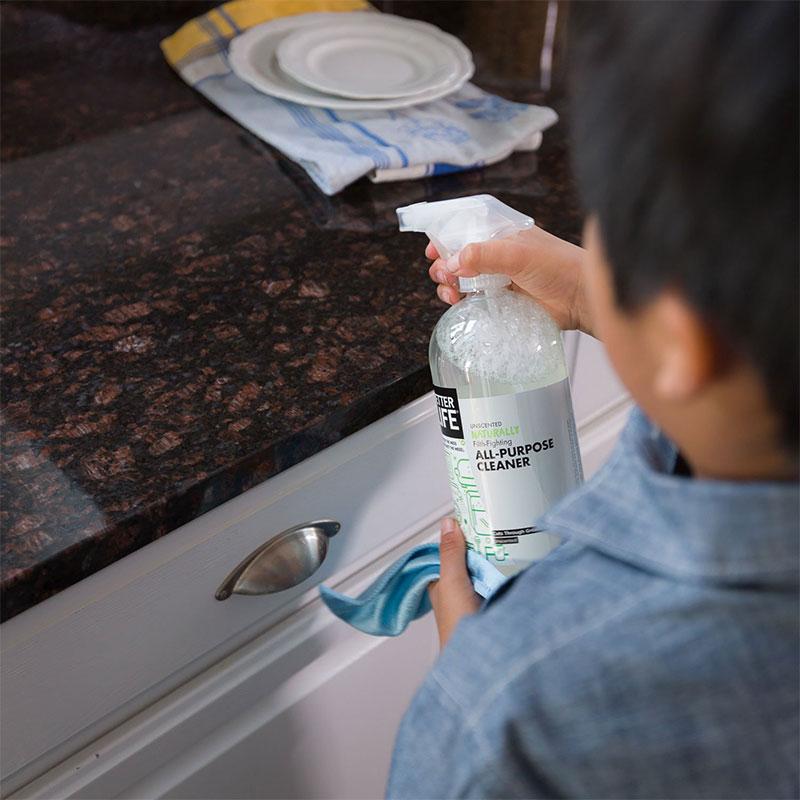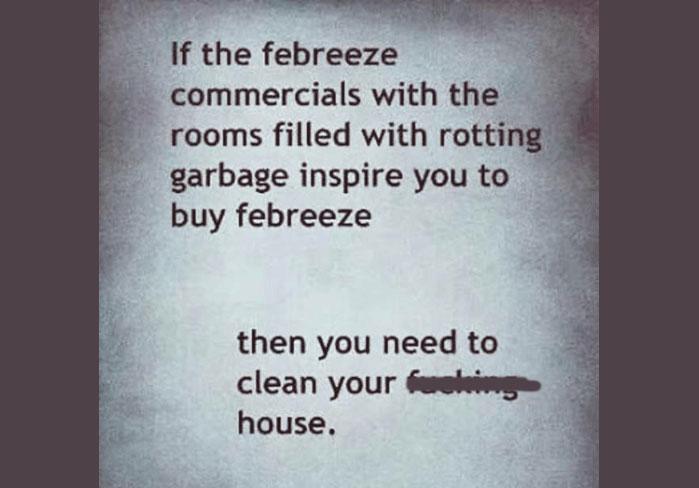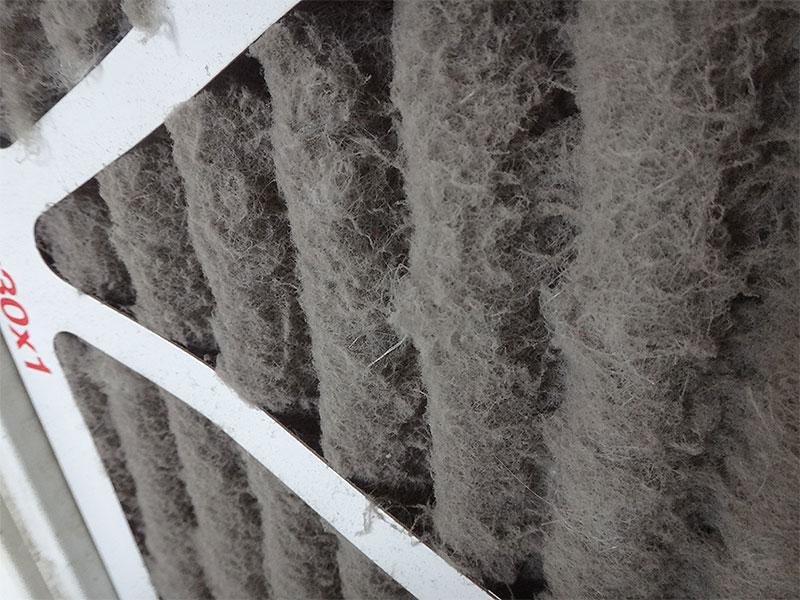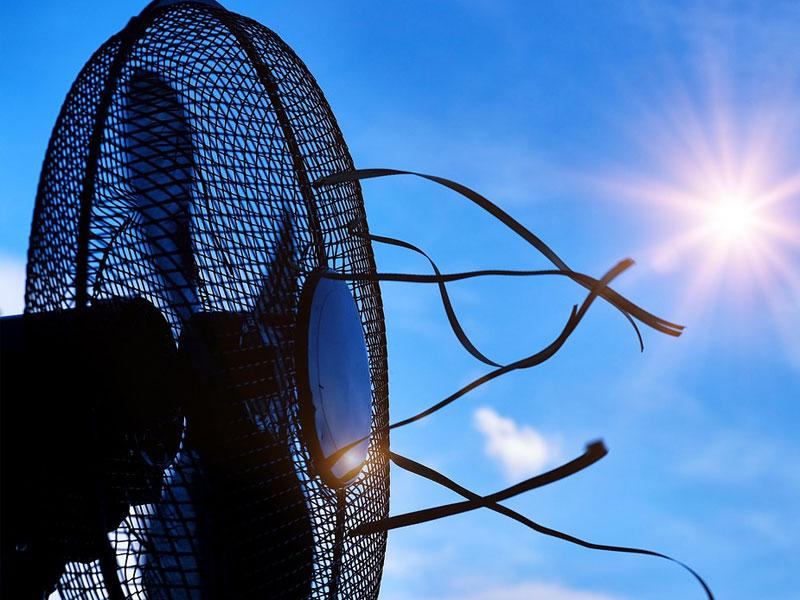One should never take for granted the air that we breathe. That’s one of the reasons why indoor air quality is so important to our day-to-day lives.
With many environmentally threatening activities happening every day, it can be tough to enjoy the fresh air while you’re outside your home. Additionally, gases from vehicle fuel, factories, and other chemicals are considered health risks. Although you may close the door to the outside world when you get home, air pollution is not limited to the outdoors.
Many factors can bring down the air quality in your home. Dust, pollen, moisture, odors, gases, and a whole lot more can negatively affect indoor air quality.
Yet there are also solutions you can try for these problems. It’s worth noting that these options can either be natural or artificial, and they can all be beneficial depending on your circumstances and needs.
If you want immediate changes, your best bet would be artificial means. An air-conditioning system isn’t something new, especially given the current advancements in technology. However, before you choose or even install this technology in your home, you might need to consult an HVAC contractor or an expert around you. This way, you’ll know which system is perfect for your home.
Meanwhile, air-purifying houseplants are some of the most popular natural solutions you might also want to consider. Even with several options in the market, some remain intimidating for first-timers to achieve a clean-air environment in their homes. That’s why we’ve collected these quick tips to help freshen up your home’s air quality so that you and your family can breathe easy.
Indoor Air Quality Tip #1 – Green Up Your Thumb
According to Live Science, air-purifying houseplants do a great job of absorbing gases through their leaves. This skill helps facilitate photosynthesis (turning light energy and carbon dioxide into chemical energy to fuel growth).

But – beyond that – scientists have found that air purifying indoor plants can absorb many other gases, including a long list of volatile organic compounds – aka the bad stuff that’s in the air. From cigarette smoke to pesticides, to cleaning chemicals, plants can help reduce or eliminate these from the air around you.

While most leafy plants do a good job or purifying your indoor air, some of the plants that scientists have found most useful in removing VOCs include:
- Japanese royal ferns
- Spider plants
- Boston ferns
- Purple waffle plants
- English ivy
- Areca palms
- Golden pothos
- Aloe vera
- Snake plants
- Peace lilies
Indoor Air Quality Tip #2 – Reduce Harsh Cleaning Chemicals
Air quality experts recommended switching to simple, non-toxic cleaners.

If you want to make your own, simple household good such as baking soda can be used to scrub sinks and tubs, or white vinegar mixed with water works well for most surfaces, including windows and floors.
There are also many commercially available, pre-mixed version that are considered to be far greener alternatives than your traditional household cleaners.

However, for those cases where you simply can’t do without the power bleaching or stain removing action, open the windows and/or use exhaust fans to vent the chemicals out of the home as quickly as possible.
Indoor Air Quality Tip #3 – Don’t Just Mask Odors
Scented candles and sprays may smell pretty, but they do very little (if anything) to actually remove the offending toxins from the air and can cause additional lungs irritation.
You’re far better to find and eliminate the source of the smell rather than trying to cover it up.
I LOVE this meme, although I have bleeped it a bit… just to be safe.

This is especially the case with any kind of moldy or musty smell. Mold spores can be very harmful to the indoor air quality, so masking them with fruity or flowery smells will do far more harm than good.
Indoor Air Quality Tip #4 – Air Filters & Purifiers
According to the Environmental Protection Agency, understanding and controlling common pollutants indoors can help reduce your risk of indoor health concerns.
Air Filters & Air Purifiers is one way to help remove pollutants from the air to help clean the air your provide and improve overall air quality.
There are several different ways to introduce air filtration into your home, without breaking the bank.
For those with forced air HVAC systems, these units usually come pre-built with an air filter. These filters can range from basic to large, advanced filtration.
Whatever type you own, make sure to clean or replace the filter on a regular basis to keep particles trapped where they belong. In this way, you ensure that your HVAC filter provides cleaner air every time.

If your furnace filter becomes clogged, not only will that decrease the efficiency of your furnace, increasing your heating costs, but it will also allow more dust, pet hair, and other irritants to flow through the furnace system and back into the home.
And make sure you are replacing the furnace filter with the right type for your furnace and your home’s air quality needs.
So, how do you clean dirty air filter? Here’s how to clean your home air filters:
- Turn Off The Filter: Before touching the air filter, turning the system off is advisable to avoid debris from being sucked during cleaning. Clean the vent area with a vacuum or broom before opening it. Open the screw or latch of the vent and then swing it open. Also, vacuuming the encasement area is recommended before taking out the air filter.
- Remove Excess Dirt: To remove excess dirt, brush dirt from the air filter into a garbage container outside. Vacuum excess dust and debris using the upholstery attachment from the air filter on its front, sides, and back and sides.
- Rinse The Air Filter: Under running water, rinse the air filter. Next, attach a hose to the water tap. Spray the air filter completely opposite the air flow to remove dust and dirt. Avoid causing undue damage to your filter by not using full force.
- Wash The Filter: Wash heavy grime with a water and soap solution, most especially if the filter has been exposed to smoke, pet hair, and grease. If rinsing is not enough, add a drop of liquid dishwashing soap to about two cups of water in a bowl. Use warm water instead of cold water. Wash both sides of the air filter using a cloth soaked in soap solution. Rinse your air filter in running water, and allow it to dry completely. Before you set the air filter out to dry, shake off excess water.
- Dry The Air Filter: Make sure to thoroughly pat the air filter to dry with paper towels to avoid mold growth that can spread spores via the HVAC. Let the air filter air-dry and make sure it‘s completely dry before you install it again.
Furnace filters come with a MERV (Minimum Efficiency Reporting Value) rating. The higher the number, the better the filtering, and the cleaner your indoor air will be.
However, before you buy the highest MERV available, keep in mind that your furnace may be able to handle certain MERV rating and anything higher will restrict the airflow of your furnace.
Consult the owner’s manual for your furnace to find out what MERV rating is best for your furnace.
|
Quick Tip:
|
Another option for filtering the air can be built right into your vacuum cleaner, so that every time you do housework you clean the air as well as the floor.

By using a vacuum with a HEPA filter you can reduce concentrations of dust and allergens in your home, including lead, pollen, pet dander, and dust mites.
For severe cases, or those with increased sensitivity to indoor air quality issues, consider adding air purifiers to key rooms throughout your home.

Air Purifiers that include “True-HEPA” filters can capture up to 99.97% of airborne pollutants; dust mites, pet dander, pollen and other allergens as small as 0.3 microns.
Indoor Air Quality Tip #5 – Do a Deep Cleaning Every Season, Not Just Spring
Allergen, irritants, toxins, and other VOCs can gather in places that don’t always make it onto the weekly cleaning ritual.

By doing a deep cleaning at least once per season, you can purge these toxins from your home and keep them from effecting your indoor air quality.
- Wash all window coverings, including curtains and blinds
- Scrub down the walls, particularly in high traffic areas
- Clean doors, door jams, and window frames
- Wash light fixtures and clean lamp shades
- Get into hard to reach nooks and crannies
- Clear and clean shelves and other flat surfaces
During your deep cleans – and your regular cleaning – mopping or steaming the floors will help remove and/or kill additional bacteria and other irritants that can get kicked up while you walk in your home.

Hard surface steam cleaners use the natural power of steam to clean and sanitize the floors. You don’t need cleaners or chemicals, just regular water. Most of these units will eliminate over 99% of household germs and bacteria that can collect on hard surfaces.
Small Changes, Big Impact

It doesn’t take a lot to make a big difference in your indoor air quality. These Easy & Easy tips can help you make an impact on your home, your wallet, and the world around you. If you’re still not sure how to go about this problem, it’s time you consult an expert, especially if you’re looking to invest in an HVAC system. Ensure you understand your air quality problems at home before trying the fresh-air solutions discussed here.







Thank you for the tips! My children’s allergies have been going crazy lately, so we got a carpet cleaner to help cut down on the dust. I’m going to replace our air filters and buy some indoor plants to help as well!
It really helped when you said that an air purifier can hold up to 99.97 percent of airborne pollutants. Since there is so much smoke covering my city from the California fires, I’m worried about my kids breathing this in all the time. I’ll have to find a good air purifier with filters to keep the air in our home clean and free.